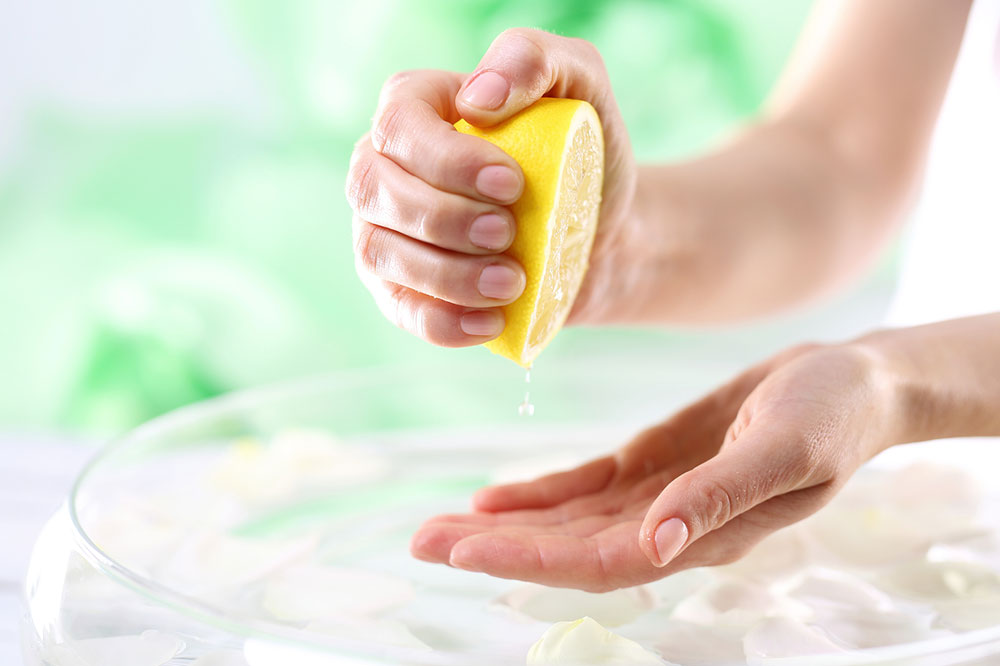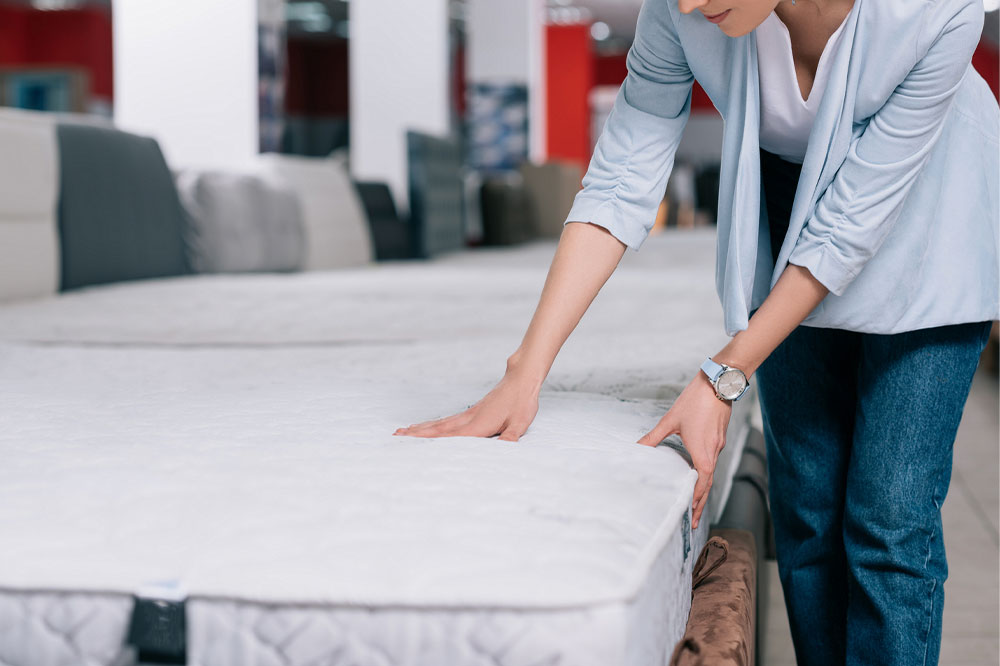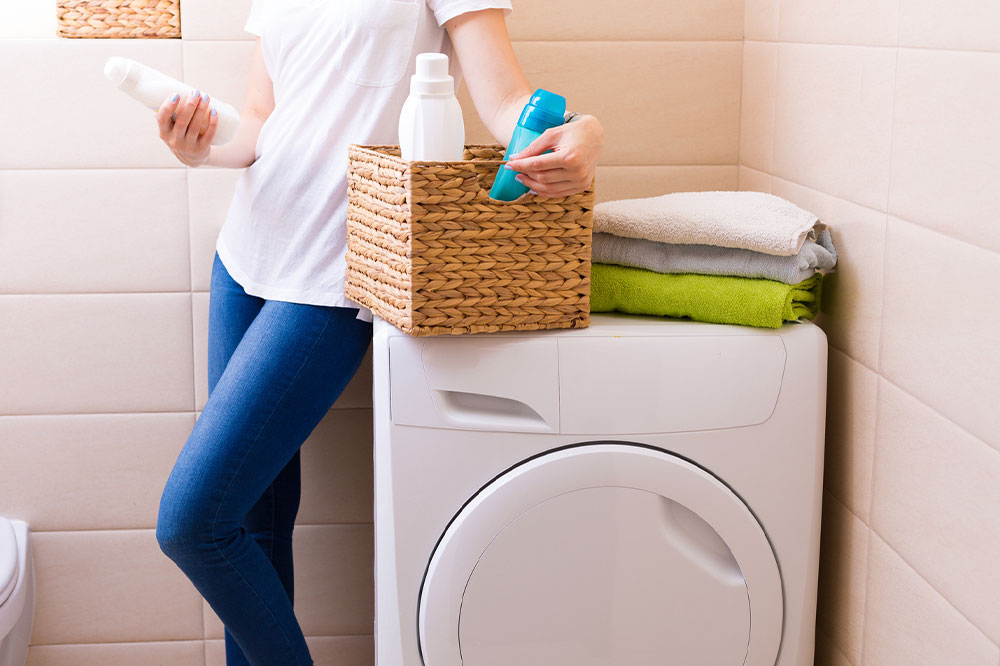8 ways to deal with flea and tick infestations

Ensuring the well-being and comfort of pets is the most important part of pet care. Dogs, in particular, can be vulnerable to parasite infestation, as pests like fleas and ticks can find their way onto the fur. These pests can also hide in grassy environments. Upon finding a habitable spot, these pests swiftly reproduce, causing discomfort and health issues for their unsuspecting hosts. So, here are a few ways to manage such infestation in dogs:
1. Regular grooming and bathing
Good pet hygiene is a key step toward flea and tick prevention in dogs. Here, bathing serves a dual purpose—cleaning the dog’s coat and getting rid of existing pests. One should consider using a mild, dog-friendly shampoo and thoroughly rinsing the dog’s coat. Additionally, grooming is a practice that allows one to spot fleas or ticks early, preventing infestations from worsening. By gently combing through the dog’s fur and paying special attention to areas like the neck, ears, and tail, one can find and physically remove pests.
2. Using flea combs or tick tweezers
These are indispensable tools for managing an infestation. The fine-toothed flea comb allows one to gently sift through their dog’s fur, focusing on areas where these pests tend to hide. This method serves as an immediate solution to removing both fleas and ticks, preventing them from feeding and potentially transmitting diseases. On the other hand, tick tweezers offer precise and safe removal of ticks without leaving any mouthparts behind. By grasping the tick as close to the skin as possible and pulling it straight out, one can ensure that the tick is completely removed.
3. Keeping the surroundings clean
The at-home environment is just as important as treating the dog itself. Fleas and ticks can lurk in carpets, bedding, and outdoor areas, so vacuuming regularly and washing the dog’s bedding in hot water can eliminate fleas and ticks in these areas. The heat from washing disrupts their life cycle, removing them from the bedding. Additionally, outdoor areas should be clean and free from excessively tall grass and debris to eliminate hiding spots for these pests.
4. Using natural repellents
Several natural substances can repel fleas and ticks. For instance, essential oils like lavender, citronella, and neem oil are known for their pest-repelling properties. When diluted with a carrier oil like coconut or olive oil, they can be applied to the dog’s collar or coat. These natural repellents are an eco-friendly alternative to chemical-based products, making them a safer and more sustainable approach. Here are a few options to consider:
Lemon spray: Lemon’s natural acidity and scent are unappealing to fleas and ticks. One can create a homemade lemon spray by boiling sliced lemons in water and then cooling it. Then, one can pour the mixture into a spray bottle and lightly mist the dog’s coat whenever heading outdoors. One must avoid spraying near their eyes, nose, or open wounds. It is important to reapply the spray as needed, say when going on a long walk or if the dog gets wet on the trip.
Baking soda: Baking soda is a versatile household supply that can also help combat fleas. Its fine particles can suffocate and dehydrate these pests. Here, one can sprinkle a light layer of baking soda on the dog’s coat, carefully avoiding their face. After gently massaging it in and letting it sit for a few minutes, one can thoroughly brush it out. Additionally, one can sprinkle baking soda on carpets, leave it for a few hours, and then vacuum it up to help eliminate fleas in the home environment. One should empty the vacuum bag or clean the filter afterward to curb the spread of fleas trapped in the process.
Neem oil spray: Neem oil, derived from the neem tree, is a potent natural insect repellent. It disrupts the life cycle of fleas and ticks, preventing them from reproducing. To create a neem oil spray, one can dilute a few drops of neem oil in water and a carrier like coconut or olive oil. This solution can be lightly sprayed on the dog’s coat (avoiding their eyes and mouth).
5. Using pest-repellent accessories
Tick and flea-repelling accessories such as collars, bandanas, and tags offer an additional layer of protection for dogs. For instance, herbal flea collars are infused with essential oils like lavender, eucalyptus, or citronella, which are known for their repellent properties. They emit a subtle scent that deters pests without harming the dog. One can secure the collar around the dog’s neck, with enough room for two fingers to fit between the collar and the skin. By utilizing such accessories, one can ensure their pet stays safe and comfortable during outdoor activities.
6. Utilizing bug killers
Diatomaceous earth is one of the most common bug killers. This fine powder made from fossilized algae works by dehydrating fleas and ticks upon contact and killing them. To use it, one can simply sprinkle it in areas the dog frequents, like bedding, carpets, and outdoor areas. One should ensure they get food-grade diatomaceous earth that is safe for pets and humans. Here, regular reapplication may be necessary, especially after vacuuming or rainfall.
7. Trying vinegar baths
Vinegar, particularly apple cider vinegar, can be a natural repellent for fleas. A vinegar bath can help maintain the pH balance on the dog’s skin, making it less appealing to pests. One can mix equal parts water and vinegar, and after bathing the dog with a mild shampoo, rinse the coat with this mixture. It is important to avoid contact with the dog’s eyes and keep an eye out for irritation for application. One can look for alternatives if vinegar does not work for their dog.
8. Using cedar chips
Cedar chips are natural flea and tick repellents. The strong scent of cedar acts as a deterrent, shielding the home against pests. One can place cedar chips around the dog’s resting areas, both indoors and outdoors. These chips can be used in dog beds, crates, and outdoor kennels. However, one should replace them periodically to get the most out of them.
One should consult a vet to seek appropriate management options when dealing with a flea or tick infestation.


